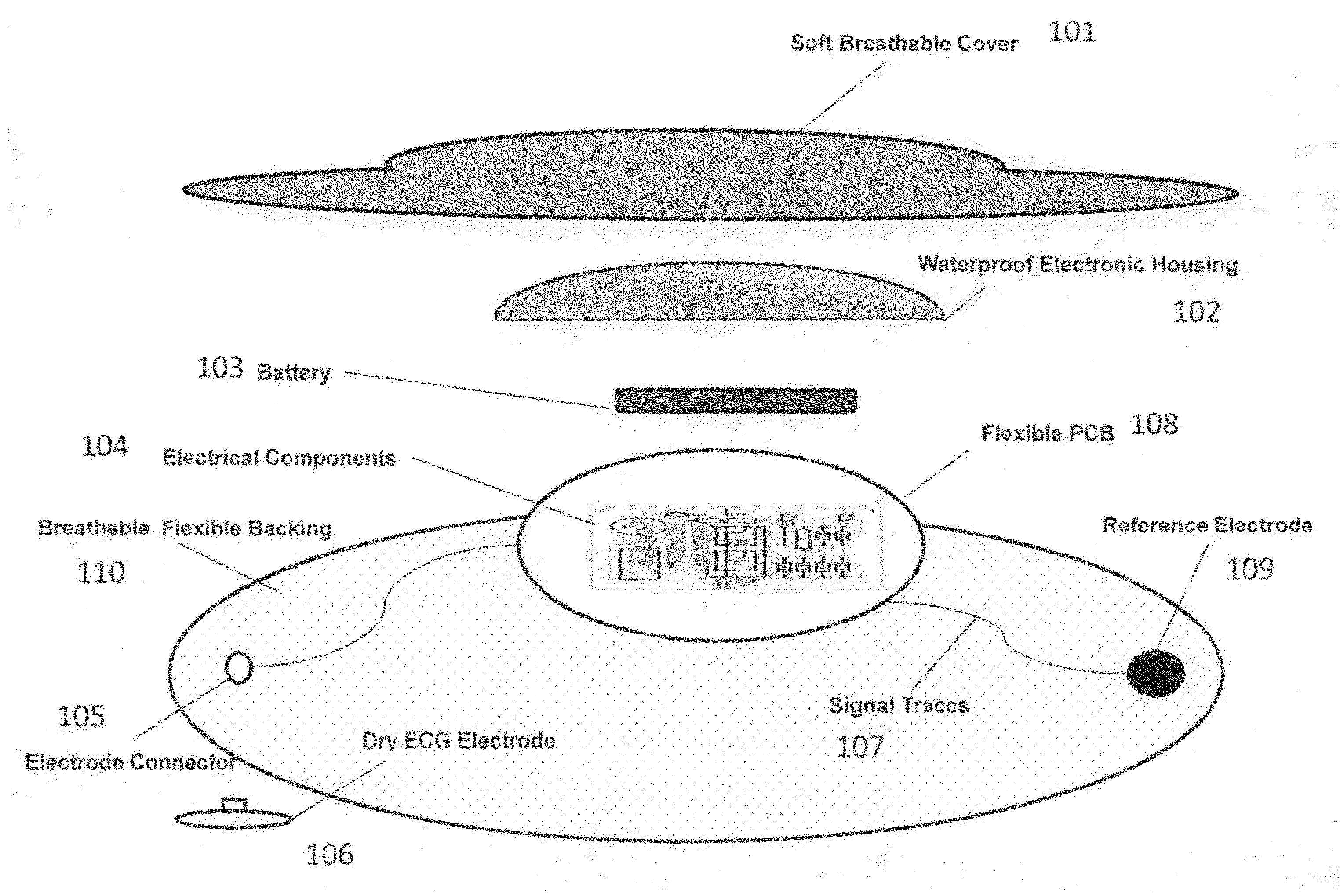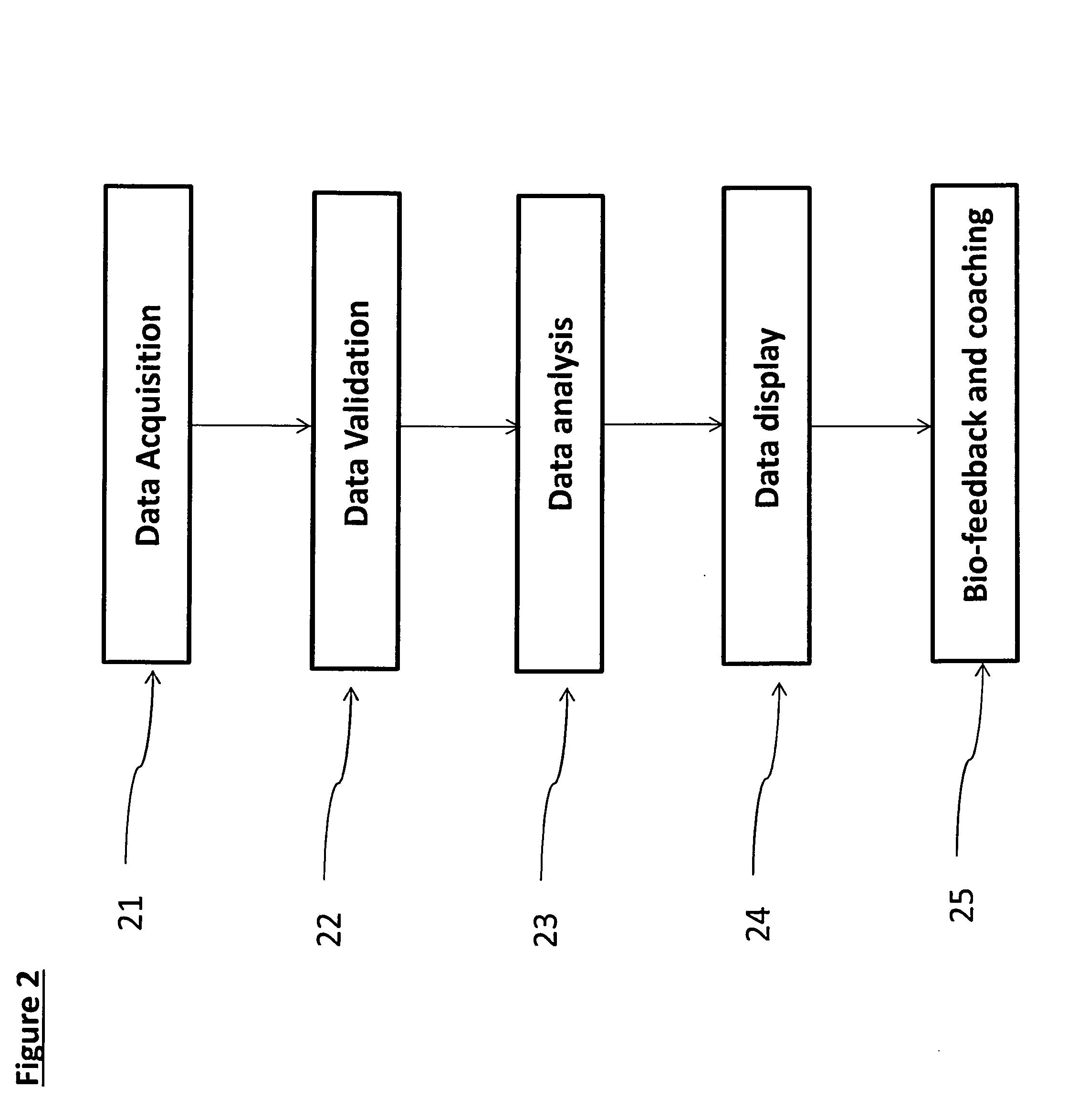The functions associated with the sympathetic and parasympathetic nervous systems are many and can be complexly integrated with each other.
Hypertension generally relates to high
blood pressure, such as a transitory or sustained elevation of systemic
arterial blood pressure to a level that is likely to induce cardiovascular damage or other adverse consequences.
When the ventricles are stretched due to the increased preload over a period of time, however, the ventricles become dilated.
The
disadvantage of dilatation is the extra
workload imposed on normal, residual myocardium and the increase in wall tension (Laplace's Law) which represent the stimulus for hypertrophy.
If hypertrophy is not adequate to match increased tension, a vicious cycle ensues which causes further and progressive dilatation.
Thus, although ventricular dilation and hypertrophy may at first be compensatory and increase
cardiac output, the processes ultimately result in both systolic and diastolic dysfunction (
decompensation).
It has been shown that the extent of ventricular remodeling is positively correlated with increased mortality in post-MI and
heart failure patients.
Heart failure patients have reduced autonomic balance, which is associated with LV dysfunction and increased mortality.
However, for many users, the chest strap may chafe causing discomfort.
Many users find them awkward to put on, uncomfortable to wear, and bothersome to keep handy.
In addition, they can be restrictive of good chest expansion and thus
restrict full
breathing during exercise.
Stretched across the chest, they are perceived by some as unmanly, or unwomanly, or as interfering with tan lines or undergarments.
Heart Failure—Congestive heart failure (CHF) is defined as impairment of systolic and / or
diastolic function of the heart, leading to failure to meet the demands of
peripheral tissues, or leading to maintenance of cardiac function under higher filling pressures.
The Tei index has been difficult to derive by using conventional non-Doppler pulsed echocardiography.
These consequences have a negative effect on the
quality of life of OSA sufferers.
Despite recent advances in physician recognition of the disorder, a large proportion of OSA patients remain undiagnosed and untreated.
This is particularly troubling in light of the associations between undiagnosed
obstructive sleep apnea and chief causes of morbidity and mortality in adults (Nieto et al., 2000; Shahar et al., 2001).
Although recognition of the disorder has increased in recent years, the majority of OSA patients remain undiagnosed and untreated, which is particularly troubling in light of associations between undiagnosed
sleep apnea and chief causes of morbidity and mortality (Nieto et al., 2000; Shahar et al., 2001).
Symptomatic improvements may result with average nightly adherence of 4.5 hr; however,
alertness is impaired even with a single missed night of treatment (Kribbs et al., 1993a), negatively impacting
quality of life.
The current model for diagnosing and treating OSA is expensive, uncomfortable and
time consuming.
The model is fragmented (i.e. going one place for diagnosis and another for treatment), which can be frustrating for patients and their doctors.
Additionally, access to care is severely limited, with sleep labs backlogged nationwide.
The most common reasons cited for non-compliance include; a gross lack of information about therapy, and products that don't meet customer's needs.
The complexities of the existing
system are compounded by the fact that OSA is both deadly and costly.
 Login to View More
Login to View More  Login to View More
Login to View More 


